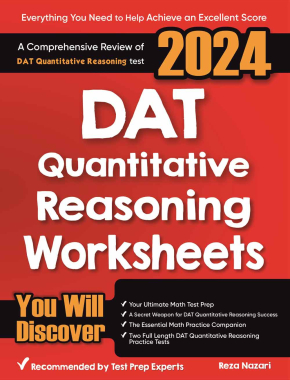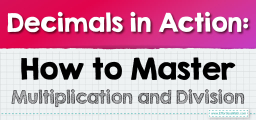How to Apply Integers Multiplication and Division Rules?
Using the rules of multiplication and division, two integers can be easily multiplied or divided. In this step-by-step guide, you will learn these rules.

Multiplying and dividing integers are two basic operations performed on integers. Multiplying integers is the same as repetitive additions, which means adding an integer a specific number of times.
Related Topics
A step-by-step guide to applying multiplication and division rules
Rules for multiplication integers
Multiplication of integers is the process of repetitive addition that involves positive and negative numbers or we can say integers. When it comes to case multiplication of integers, the following should be considered:
- Multiplying \(2\) positive numbers: When you multiply integers by two positive signs, \(\color{blue}{positive\:\times \:positive\:=\:positive}\)
- Multiplying \(1\) positive and \(1\) negative number: When you multiply integers with one negative sign and one positive sign, \(\color{blue}{negative\:\times \:positive\:=\:negative\:}\)
- Multiplying \(2\) negative numbers: When you multiply integers with two negative signs, \(\color{blue}{negative\:\times \:negative\:=\:positive}\)
Rules for division integers
Integer division involves grouping items. It includes both positive and negative numbers. Just like multiplication, dividing integers involves the same thing:
- Dividing \(2\) positive numbers: When you divide integers with two positive signs, \(\color{blue}{positive\:\div \:positive\:=\:positive\:}\)
- Dividing \(2\) negative numbers: When you divide integers with two negative signs, \(\color{blue}{negative\:\div \:negative\:=\:positive}\)
- Dividing \(1\) positive and \(1\) negative number: When you divide integers with one negative sign and one positive sign, \(\color{blue}{negative\:\div \:positive\:=\:negative}\)
Two important things to keep in mind when multiplying integers or dividing integers are:
- When the signs are different, the answer is always negative.
- When the signs are the same, the answer is always positive.
Applying Multiplication and Division Rules – Example 1:
Solve the given expression by using the division of integers rules: \((–30) ÷ (–5) ÷ (–2)\).
Solution:
Here, we have to divide three integers, so we follow the BODMAS rule here because there is more than one operation in this statement. The first step is \((-30÷ -5)\). Now, by dividing \(-30\) by \(-5\), we get \(6\) as the answer. \(6\) is a positive integer, as \(negative\:\div \:negative\:=\:positive\). So, the new expression is \((6) ÷ (-2)\). Now, if we divide \(6\) by \(-2\), we get \(-3\), as \(positive\:\div \:negative\:=\:negative\).
Therefore, \((-30) ÷ (-5) ÷ (-2) = -3\).
Exercises for Applying Multiplication and Division Rules
Perform the following calculations using the addition and subtraction rule.
- \(\color{blue}{-22\times -14}\)
- \(\color{blue}{375\div \left(-5\right)}\)
- \(\color{blue}{\:−110\:×\left(−6\right)×\left(−7\right)}\)
- \(\color{blue}{-1,266\div \left(-2\right)}\)

- \(\color{blue}{308}\)
- \(\color{blue}{-75}\)
- \(\color{blue}{-4,620}\)
- \(\color{blue}{633}\)
Related to This Article
More math articles
- Polynomial Identity
- How Can Redefining a Function’s Value Solve Your Limit Problems
- The Ultimate GACE Elementary Education Math Course
- How Is the OAR Test Scored?
- Top 10 Tips to Retake GED Math Test
- 10 Most Common ASTB Math Questions
- How to Solve Linear Equation and Inequality Word Problems?
- FREE 4th Grade Georgia Milestones Assessment System Math Practice Test
- 6th Grade STAAR Math Worksheets: FREE & Printable
- Top 10 6th Grade Georgia Milestones Assessment System Math Practice Questions


























What people say about "How to Apply Integers Multiplication and Division Rules? - Effortless Math: We Help Students Learn to LOVE Mathematics"?
No one replied yet.